English Heritage sites near West Huntspill Parish
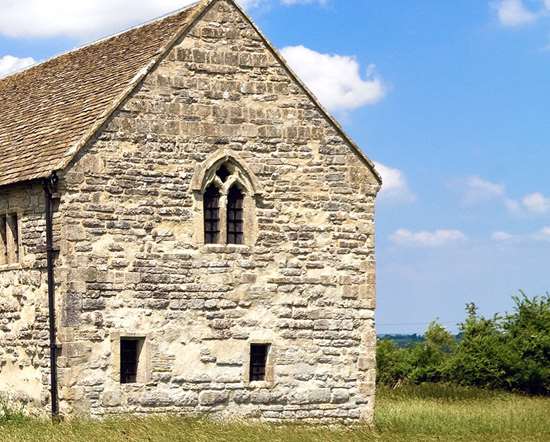
MEARE FISH HOUSE
10 miles from West Huntspill Parish
The only surviving monastic fishery building in England, this housed the Abbot of Glastonbury's water bailiff and provided facilities for fish-salting and drying.
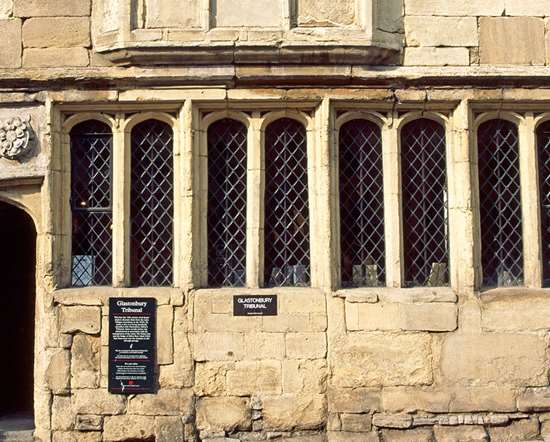
GLASTONBURY TRIBUNAL
13 miles from West Huntspill Parish
Fine, late 15th century stone townhouse, early Tudor façade and panelled interiors. Home to Glastonbury Lake Village Museum: discover life 2000 years ago when much of Somerset consisted of marshy sea.
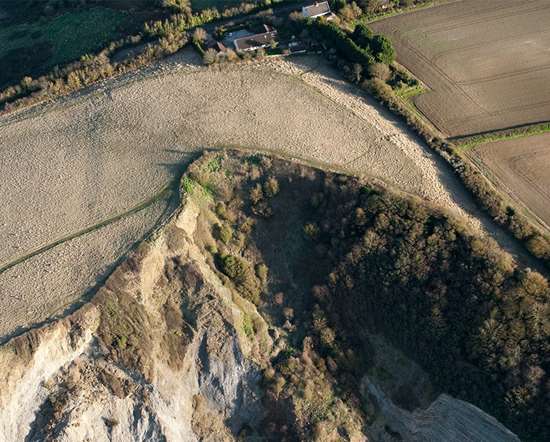
DAWS CASTLE
15 miles from West Huntspill Parish
Daws Castle is a clifftop fortress, which was founded by King Alfred to defend the people of Watchet against Viking attacks.
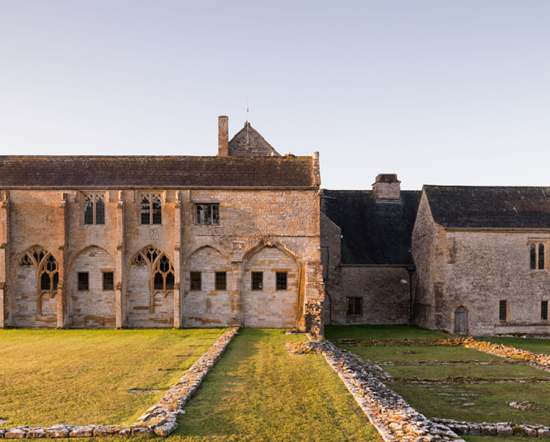
MUCHELNEY ABBEY
15 miles from West Huntspill Parish
Once a wealthy Benedictine house, Muchelney’s main buildings were demolished by Henry VIII in 1538. See the richly decorated cloister walk and thatched monks’ lavatory – the only one in Britain.
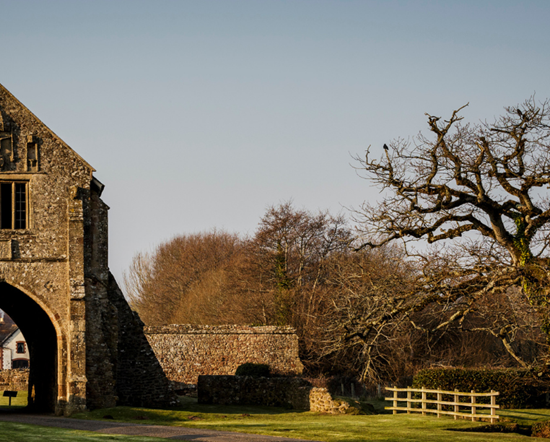
CLEEVE ABBEY
16 miles from West Huntspill Parish
With possibly the finest cloister buildings in England, visitors can get a glimpse of monastic life 800 years ago. 15th century refectory with glorious angel roof and 13th century heraldic tiles.
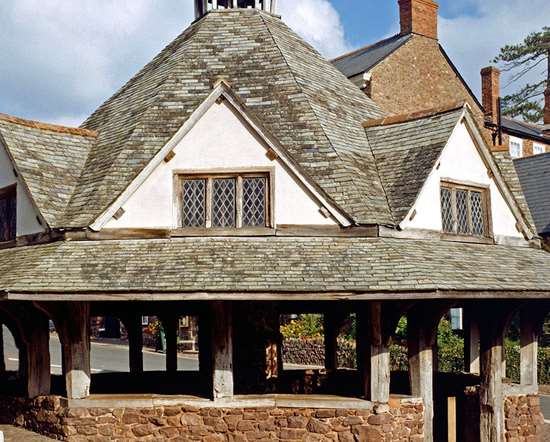
DUNSTER, YARN MARKET
19 miles from West Huntspill Parish
Fine 17th century timber-framed octagonal market hall that is a monument to Dunster's once-flourishing cloth trade.
Churches in West Huntspill Parish
St Peter & All Hallows
Church Road
West Huntspill
Highbridge
07515478769
http://www.westhuntspillchurch.org.uk/
13th Cent ancient jewel of the Somerset levels. A Christian community existed here at Huntspill from before AD 787 when, during the reign of the Saxon King Offa, the manor and land at Huntspill being given to Glastonbury Abbey. After the Norman Conquest, the manor was taken from Glastonbury and came into the possession of a Norman Lord, Walter de Douai. In AD 1208 the "church and all its appurtenances" was donated by the Lord of the manor, Fulke Paganel, to a Priory which he founded at Newport Pagnell in Buckinghamshire. We do not know what this church was or exactly where it was situated, but 100 years later, the church came under the control of the Bishop of Wells and a list of Rectors from 1278 are displayed on the northeast wall of the Nave. The earliest part of the church to be seen now is the Nave with its late 13th century windows, large Ham stone pillars and string courses. Effigies in the niche on the South wall probably date from the 14th century and represent the Lord of the Manor, Sir Richard Cogan and his wife Isabella. During the 15th century, after the "Black Death', the church was enlarged. The Chancel was extended towards the east, the side chapels were built with large perpendicular windows and the tower added or rebuilt. Sometime later a vestry was added to the northeast corner of the church and the north sanctuary window blocked off; small windows in its east wall show that it once had an upper floor. A door and stone steps in the north wall of the nave, near to the organ, leads to the roof. Half way up the steps a blocked doorway indicates that it once gave access to a Rood Loft. By the mid 19th century the interior of the church contained a seating gallery for servants, a ringing balcony under the tower and heavy wooden box pews facing the pulpit; but all this was removed in an extensive renovation in the Spring of 1878, including the purchase of a second-hand Jacobean / Elizabethan pulpit. In the December of that same year a great fire destroyed the roof and interior furnishings, completely gutting the building, leaving only the walls standing and the Ham stone pillars now reddened by the heat of the fire as we see them today. The church was rebuilt and restored, (for under £5000), and reopened in 1880. The box pews had been replaced by open "modern' pews, the Chancel Screen was not replaced, a stone reredos introduced behind the High Altar along with much stained glass Stone corbels including the half-length angel figures, each carrying a shield with one of the instruments of the Passion carved on it were replaced in the Chancel as also some of the stone corbel heads in the Nave. Many other stone statues and religious effigies were destroyed during the Reformation. (A "damaged angel' found in the churchyard, now sits upon the stone seat in the south porch.) A fine fretted wooden memorial reredos was erected behind the Lady Chapel altar in 1948 and the chapel dedicated as the War Memorial Chapel, incorporating hangings from the 1936 Coronation of King George, (the actual dedication is Our Lady and St Nicholas, as the Chapel of St Nicholas that was in the northeast transept now hosts the organ and access to the priest's vestry). The area under the tower and the rear of the Nave was reordered in the mid 1980's bringing the 1880 font from under the tower to the rear of the nave, an oak screen and doors creating a choir vestry and utility area and kitchenette under the tower and a carpeted Children's Corner and social meeting area at the rear of the church The front of the Nave was reordered in the late 1990's to allow for flexibility of worship, for disabled persons use, for children's seating and for the safe turning of coffins. The Victorian Society required us to retain the two removed rows of pews within the church. These unsafe redundant pews now clutter the rear social meeting area and the radiator heating system at the back of the church.
2011
We have now re-ordered and enclosed the Lady Chapel, built a glass vestibule on our north door entrance and have a new fan enhanced heating system. On the roof, out of sight, solar panels help the enviroment.
Pubs in West Huntspill Parish
Crossways Inn

Withy Road, West Huntspill, TA9 3RA
(01278) 783756
thecrosswaysinn.com
Orchard Inn

102 Church Road, West Huntspill, TA9 3SA
(01278) 785349
theorchardhighbridge.co.uk
Pimpernel
 Previously the Huntspill Arms, this traditional country pub is located in the Somerset village of West Huntspill on the A38. Home cooked food available including a carvery on Sunday lunchtimes.
Previously the Huntspill Arms, this traditional country pub is located in the Somerset village of West Huntspill on the A38. Home cooked food available including a carvery on Sunday lunchtimes.
Royal Artillery Arms
 Royal Artillery Arms, West Huntspill
Royal Artillery Arms, West Huntspill
